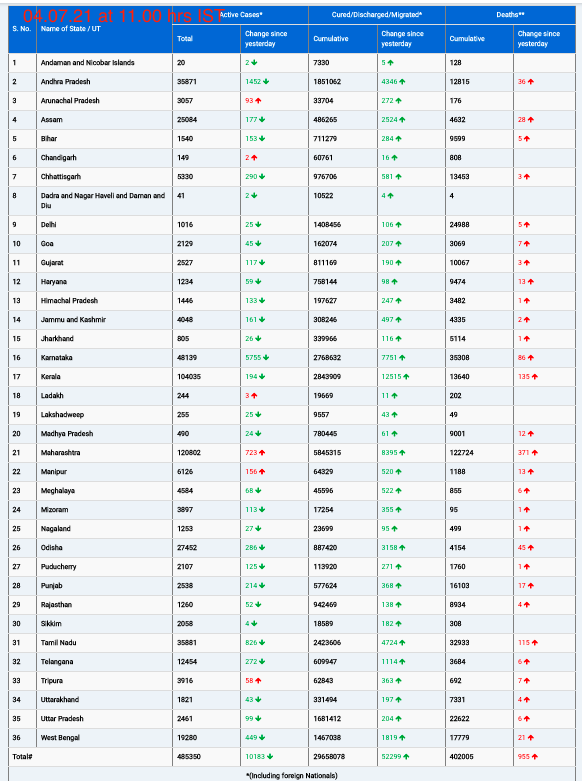The International Agency for Research on Cancer (IARC), a specialized cancer agency of the World Health Organization (WHO), has recently upgraded the carcinogenic classifications of talc and acrylonitrile. These changes come after a rigorous review of the latest scientific evidence by an international panel of experts.
Talc: From “Possibly” to “Probably” Carcinogenic
In a meeting held last month in Lyon, France, 29 scientists from 13 countries assessed the carcinogenic potential of talc. The IARC has now reclassified talc from “possibly” (Group 2B) to “probably” carcinogenic to humans (Group 2A). This decision is based on a combination of evidence: limited human evidence suggesting a link between talc use and ovarian cancer, sufficient evidence from animal studies, and strong mechanistic data from human and experimental systems.
The previous classification from 2010 considered talc without asbestos or asbestiform fibers and perineal use of talc-based body powder as “possibly” carcinogenic. The latest re-evaluation emphasizes more consistent associations found in recent cohort and case-control studies. These studies indicate a correlation between talc use and an increased risk of ovarian cancer, although potential biases such as differential exposure misclassification and asbestos contamination cannot be entirely ruled out.
Kevin McConway, PhD, from the Open University, UK, explained the nuances of the new classification. He clarified that while the evidence has strengthened, it is not definitive. “There isn’t a smoking gun,” McConway said, noting that the experts cannot conclusively say that talc use at normal exposure levels increases cancer risk.
Paul Pharoah, PhD, DPH, professor of Cancer Epidemiology at Cedars-Sinai Medical Center, London, also weighed in, expressing skepticism about the evidence linking talc to cancer. He suggested that observed associations could be confounded by other factors and that women who have used talc should not be overly concerned about future cancer risk.
Acrylonitrile: Now “Carcinogenic” to Humans
Acrylonitrile, previously classified as “possibly carcinogenic” (Group 2B), has been reclassified as “carcinogenic” to humans (Group 1). The IARC’s decision is based on sufficient evidence linking acrylonitrile to lung cancer and limited evidence associating it with bladder cancer. The evidence comes primarily from studies on workers exposed to acrylonitrile in industries that manufacture plastics, rubbers, and chemicals.
Acrylonitrile is also present in cigarette smoke and air pollution, adding to its exposure risk. The working group noted strong mechanistic evidence of its carcinogenic properties in experimental systems, further supporting the reclassification.
The re-evaluation of these substances highlights the IARC’s commitment to continually assessing and updating the carcinogenic risks of various chemicals based on the latest scientific research. While the reclassifications aim to provide better guidance on potential cancer risks, they also underscore the complexity and ongoing uncertainties in understanding these risks fully.
For more detailed findings, refer to the working group’s report published in Lancet Oncology.











